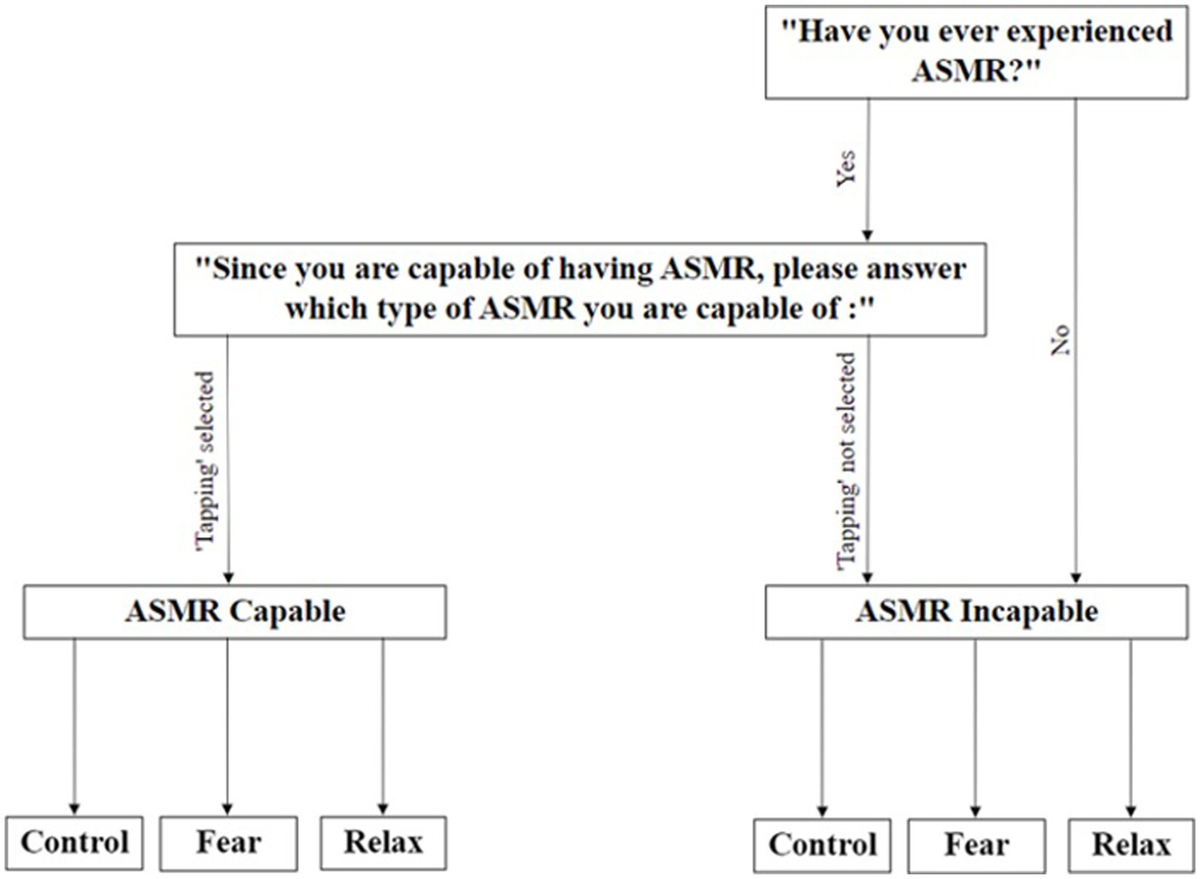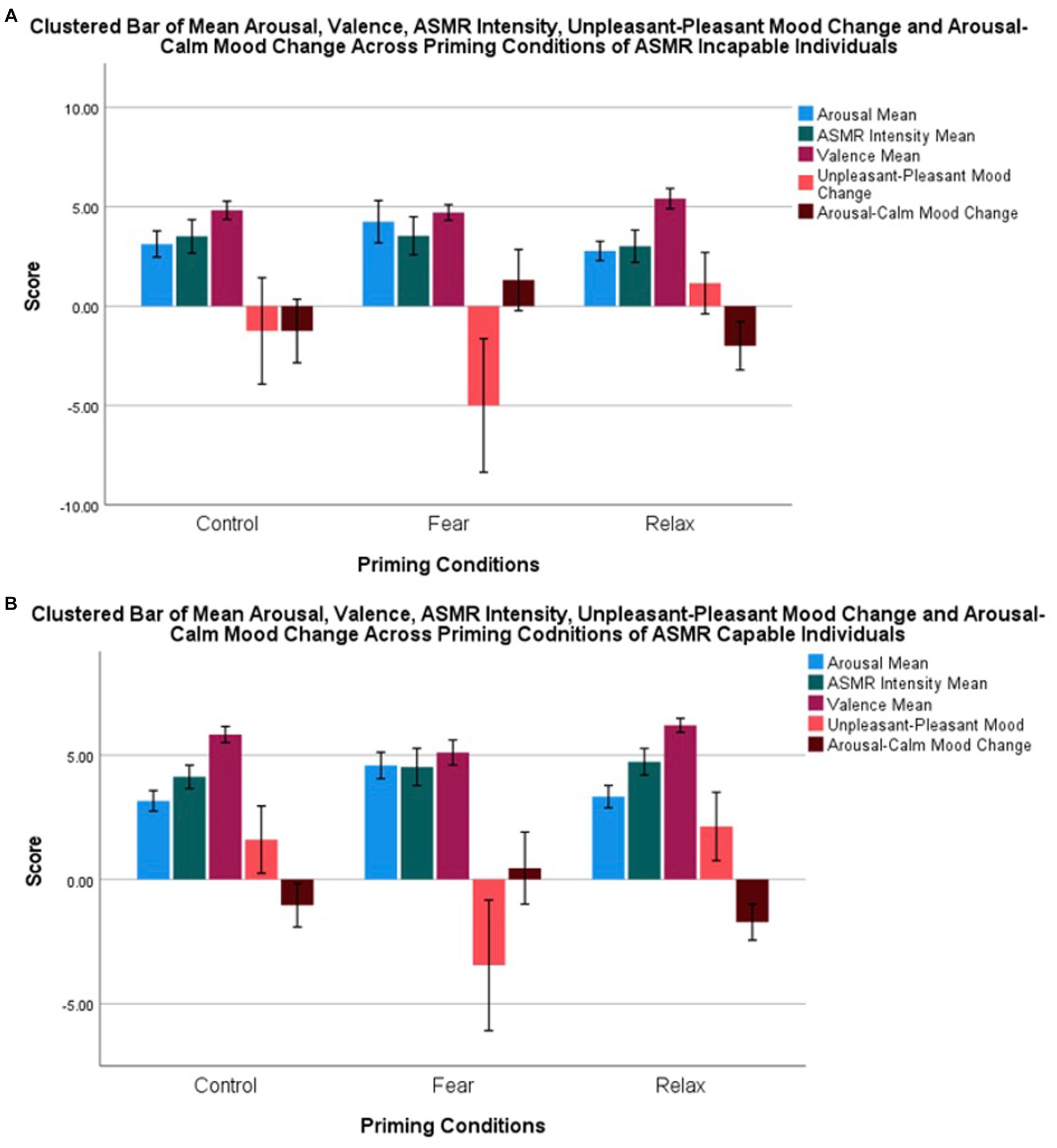Discover Pandipedia
Pandipedia is the world's first encyclopaedia of machine generated content approved by humans. You can contribute by simply searching and clicking/tapping on "Add To Pandipedia" in the answer you like. Learn More
Expand the world's knowledge as you search and help others. Go you!

Pollution represents a significant threat to wildlife and habitats globally, manifesting in various forms, including chemical runoff, plastic waste, and industrial pollutants. Each type of pollution imposes distinct consequences on ecosystems, leading to destabilization and endangerment of numerous species.
Effects of Chemical Pollution

One of the most pressing issues is agricultural runoff, which is a major contributor to water pollution. The improper use of fertilizers and pesticides in farming results in hazardous chemicals entering waterways, leading to toxicity in aquatic ecosystems. This chemical runoff disrupts reproductive systems and causes hormonal imbalances in wildlife, severely impacting populations of species such as amphibians, fish, and birds. For example, studies have shown that pollutants can weaken immune systems and cause physical deformities in amphibians, contributing to the extinction of species like the Monteverde golden toad[1][3].
Additionally, bioaccumulation poses severe risks, particularly to predators in the food chain. For instance, Peregrine Falcons experienced a dramatic population decline due to the pesticide DDT, which accumulated in their bodies through contaminated prey. The result was not only sickness but also reproductive failures due to weak eggshells[1]. Such instances highlight how toxins can ripple through ecosystems, impairing health and decreasing species populations from the bottom to the top of the food chain.
The Plastic Pollution Crisis

Plastic pollution is another critical threat facing wildlife. This form of pollution typically manifests in oceans and freshwater systems, where animals often mistake plastic debris for food. Sea turtles, for instance, frequently consume plastic bags which resemble jellyfish, leading to severe digestive blockages and often death[1][7]. Furthermore, animals like seabirds are known to ingest various plastic items, which can cause malnutrition and starvation. The issue extends to microplastics, which infiltrate the food web and accumulate in marine species, further exacerbating health issues as these toxins move up the food chain[5][7].
Marine debris, such as discarded fishing gear, poses physical hazards as well, causing entanglement for marine mammals and birds, resulting in injury or death. The presence of microplastics in the diet of oceanic species is a growing concern since they can lead to chemical poisoning as the plastics absorb harmful substances from the environment[5][7].
Challenges Presented by Eutrophication
Eutrophication is a significant consequence of nutrient pollution, primarily from nitrogen and phosphorus originating in agricultural runoff. This process leads to harmful algal blooms that deplete oxygen levels in water bodies, creating dead zones where aquatic life cannot survive. The suffocation of fish and other aquatic organisms threatens biodiversity and disrupts the stability of ecosystems[2][4][6]. As vital habitats like estuaries and wetlands are compromised, the species that depend on these environments for breeding and sustenance face alarming declines.
Habitat Destruction and Loss

Pollution is compounded by habitat destruction, which is primarily human-induced. The clearing of land for agriculture and urban development significantly reduces the natural spaces where species thrive. More than 80% of global species rely on forests, which are disappearing at an alarming rate due to human activities[4][6]. As natural habitats are lost or altered, the ability of ecosystems to support wildlife diminishes, creating a cascade of negative effects that further harm animal populations.
Public Awareness and Action Needed
Despite widespread awareness of these issues, many people are still unaware of the severity of pollution’s impact on waterways and ecosystems[2]. A survey revealed that while nearly three-quarters of individuals value access to clean waterways for recreation, there is a disconnect regarding the pollution affecting these environments. Less than half of the respondents recognized agricultural pollution as a leading issue, highlighting the need for greater public education and advocacy[2].
Governments and communities must take immediate and decisive action to mitigate pollution and protect habitats. This includes safeguarding freshwater ecosystems, enhancing regulations on agricultural practices to reduce chemical runoff, and implementing measures to combat plastic waste effectively[2][3][9]. The urgent need for systemic change in policy and practices is essential to safeguard future biodiversity and ensure the health of both wildlife and human populations.
Conclusion

Pollution significantly impacts wildlife and habitats through various mechanisms, including chemical contaminants, plastic debris, and habitat destruction. The resulting challenges not only threaten individual species but also jeopardize entire ecosystems, highlighting the interconnectedness of environmental health and biodiversity. As society grapples with these challenges, proactive steps must be taken to reduce pollution at its source and restore the health of our natural world for current and future generations.
Let's look at alternatives:
- Modify the query.
- Start a new thread.
- Remove sources (if manually added).
- Request a manual search from our human research team.

The LLM first reasons about the problem and generates a plan of action. It then performs the actions in the plan and observes the results.
Unknown[2]
Agents begin their work with either a command from, or interactive discussion with, the human user.
Unknown[1]

During execution, it's crucial for the agents to gain “ground truth” from the environment at each step...to assess its progress.
Unknown[1]
LLMs are tuned to follow instructions and are trained on large amounts of data so they can understand a prompt and generate an answer.
Unknown[2]
Once the task is clear, agents plan and operate independently, potentially returning to the human for further information or judgement.
Unknown[1]
Let's look at alternatives:
- Modify the query.
- Start a new thread.
- Remove sources (if manually added).
- Request a manual search from our human research team.
Get more accurate answers with Super Search, upload files, personalised discovery feed, save searches and contribute to the PandiPedia.

The status of climate change negotiations is critical as world leaders prepare to address the pressing challenge of global warming. The most recent major negotiation event, COP26, established a framework that, while not legally binding, set a global agenda aiming to limit temperature rises to 1.5°C, a threshold deemed necessary to prevent catastrophic climate impacts. The agreement included commitments to reduce carbon dioxide emissions, phase down coal usage, and increase financial support for developing countries transitioning to clean energy[1][3].
Negotiators face the challenge of ensuring ambitious national climate action plans, known as nationally determined contributions (NDCs), are updated in line with the Paris Agreement every five years, targeting net-zero emissions by around mid-century[2][3]. Despite progress, recent assessments indicate that current pledges leave the world on track for a potential average global warming of approximately 2.7°C, significantly higher than the 1.5°C target[4].
A significant aspect of ongoing negotiations includes increased climate financing, with developed countries yet to meet their $100 billion annual commitment to support developing nations, which bear the brunt of climate change effects[2][3].
Overall, while there is evidence of commitment and action, critical gaps remain in the negotiations, and the effectiveness of these commitments will depend on the implementation and strengthening of existing targets and financial flows toward sustainable development[4].
Let's look at alternatives:
- Modify the query.
- Start a new thread.
- Remove sources (if manually added).
- Request a manual search from our human research team.

Permaculture, a holistic practice rooted in the principles of sustainability, offers a multitude of benefits that extend beyond traditional agriculture. These advantages encompass environmental, economic, and social aspects, making permaculture not only a method of food production but also a way to foster healthier ecosystems and communities.
Environmental Benefits
Soil Health and Fertility

One of the primary benefits of permaculture is its positive impact on soil quality. Techniques like composting and the use of natural fertilizers help enrich the soil, enhancing its fertility without the negative effects of synthetic chemicals. This organic approach prevents soil degradation and promotes a thriving microbial ecosystem, vital for robust plant growth[1][5]. By emphasizing practices that maintain soil structure and reduce erosion, permaculture cultivates healthy soils that can sustain more productive agricultural systems over the long term[2].
Biodiversity Enhancement

Permaculture systems prioritize biodiversity by integrating a variety of plants and animals in their design. This diversity creates a resilient ecosystem which is less susceptible to pests and diseases[1]. The presence of various species fosters a balanced environment, promoting ecological stability and enhancing pollination processes crucial for food production. Many permaculture gardens also create habitats for beneficial insects and wildlife, which further supports overall ecosystem health[4].
Water Conservation
Efficient water management is another critical benefit of permaculture. Techniques such as rainwater harvesting and the construction of swales help manage and conserve water resources on-site[8]. These methods not only reduce reliance on external water sources but also mitigate erosion and improve water quality by minimizing runoff, contributing to sustainable water practices in agricultural settings. The emphasis on minimizing evaporation through mulching and other techniques further enhances water conservation efforts[7].
Waste Reduction
Permaculture operates on the principle of “produce no waste,” which encourages the efficient use of resources within the system. By designing systems where waste from one component becomes a resource for another, permaculture significantly reduces the amount of waste generated compared to conventional agricultural practices[8]. This closed-loop system minimizes landfill contributions and supports recycling efforts, leading to a more sustainable method of food production[2].
Economic Advantages
Cost-Effective Farming

By integrating natural methods such as companion planting and organic pest control, permaculture reduces the need for expensive chemical inputs like fertilizers and pesticides[4][8]. Over time, these practices can lead to considerable savings for farmers. Additionally, the focus on self-sufficiency allows growers to produce their own food and resources, which can decrease overall expenses associated with purchasing external supplies[7].
Increased Productivity
Permaculture systems can lead to higher yields through diversified cropping techniques that promote healthy plant growth. By mimicking natural ecosystems, these systems often outperform conventional monocultures due to their complex interactions and resilience to pests and diseases[6]. The implementation of agroforestry and polycultures within permaculture can enhance productivity, providing a continuous supply of food and other resources while maintaining ecological balance[2].
Community Resilience and Economic Stimulation
Permaculture promotes local food production, which reduces transportation costs and supports local economies[5]. Community gardens and cooperative farming efforts not only provide fresh produce but also foster social connections and mutual support among community members[5]. These initiatives can stimulate local economies by encouraging the sale of surplus produce within the community, thus creating a circular economy that benefits residents[3].
Social Impact
Empowerment Through Education

The principles of permaculture stress the importance of community involvement and education. Various training programs and workshops teach sustainable practices that empower individuals and communities to improve their food security[8]. By equipping individuals with knowledge about permaculture, these educational initiatives encourage local food production and foster a sense of self-reliance and responsibility towards environmental conservation[9].
Strengthening Community Bonds

Permaculture projects often involve collective efforts, which can strengthen community ties and promote a sense of belonging[5]. Engaging in shared gardening projects fosters cooperation and enhances social capital. These community-oriented activities not only produce food but also cultivate a supportive environment, addressing social equity by ensuring access to fresh produce in underserved areas[2].
Conclusion
Permaculture stands as a comprehensive solution to many of the environmental challenges faced today. Its benefits, ranging from improved soil health and increased biodiversity to enhanced community resilience and economic viability, underscore its potential as a transformative approach to agriculture and sustainable living. By integrating these diverse benefits, permaculture not only addresses immediate agricultural needs but also paves the way for a more sustainable future that respects and nurtures our planet and its inhabitants. Through education, community engagement, and the thoughtful application of permaculture principles, individuals and communities can significantly contribute to a healthier world[1][6].
Let's look at alternatives:
- Modify the query.
- Start a new thread.
- Remove sources (if manually added).
- Request a manual search from our human research team.

Vision Transformers (ViTs) enhance image recognition by applying transformer architecture, initially designed for natural language processing, to visual data. They process images by dividing them into patches, treating these patches as tokens, allowing the model to leverage self-attention to capture global contextual information rather than localized features used by convolutional neural networks (CNNs). This method resulted in significant performance improvements on major benchmarks like ImageNet, achieving over 88% accuracy with considerably lower computational resources compared to CNNs[1][2][5].
ViTs utilize embeddings and position embeddings to retain spatial information, enabling them to learn intricate patterns within images. By focusing on the entire image context through self-attention, ViTs provide a more interpretable framework for image classification tasks, demonstrating superior performance, especially with extensive training data[3][4][6].
Let's look at alternatives:
- Modify the query.
- Start a new thread.
- Remove sources (if manually added).
- Request a manual search from our human research team.
/cdn.vox-cdn.com/uploads/chorus_asset/file/24016883/STK093_Google_06.jpg)
NotebookLM by Google is an AI-powered note-taking app and platform that leverages large language models[3] to aid in exploring complex material[3]. It allows users to upload[3] various sources such as Google Slides, web URLs, and documents, and use a chat interface to ask questions about those sources[3]. The platform offers features such as study guides, FAQs, inline citations, and support for over 100 languages. It is particularly useful for researchers, students, authors, journalists, educators, and role-playing game enthusiasts[2], offering powerful tools for organizing information, summarizing documents, and generating insights from large collections of data. Additionally, NotebookLM offers personalized advertising and content through the use of cookies and personal data for audience research and services development[4]. It also provides new 'audio overviews' that generate podcast-like discussions between two speakers based on a set of documents, allowing users to learn through listening instead of reading.
Let's look at alternatives:
- Modify the query.
- Start a new thread.
- Remove sources (if manually added).
- Request a manual search from our human research team.
Get more accurate answers with Super Search, upload files, personalised discovery feed, save searches and contribute to the PandiPedia.
Let's look at alternatives:
- Modify the query.
- Start a new thread.
- Remove sources (if manually added).
- Request a manual search from our human research team.

Meal prepping involves preparing meals in advance to save time and ensure healthier eating. For beginners, it's essential to choose recipes you enjoy and plan meals for the week, typically prepping for 3-7 days at a time. Start small by packing leftovers or prepping one recipe for the week, gradually increasing as you gain comfort[2][3].
Stock up on essential containers for storage and organize a grocery list to simplify shopping. Various methods include make-ahead meals, batch cooking, and prepping ingredients, allowing for flexibility based on your lifestyle[1][6]. Consistency in scheduling your prep will streamline the process and help you stay on track with your meal goals[4][5].
Let's look at alternatives:
- Modify the query.
- Start a new thread.
- Remove sources (if manually added).
- Request a manual search from our human research team.
Let's look at alternatives:
- Modify the query.
- Start a new thread.
- Remove sources (if manually added).
- Request a manual search from our human research team.

Introduction to ASMR
Autonomous Sensory Meridian Response (ASMR) is a sensory and emotional phenomenon characterized by a tingling sensation that typically begins on the scalp and moves down the spine, often accompanied by feelings of relaxation and tranquility. ASMR is triggered by specific auditory, visual, or tactile stimuli such as whispering, tapping, and slow hand movements. The experience has gained popularity in recent years, particularly through platforms like YouTube, where many 'ASMRtists' create content specifically designed to elicit this response in viewers[1][4][10].
Neurophysiological Mechanisms of ASMR

Recent research has focused on understanding the underlying neurophysiological mechanisms of ASMR. Studies using neuroimaging techniques, such as functional magnetic resonance imaging (fMRI), have revealed distinct patterns of brain activity associated with ASMR experiences. Notably, these studies indicate that individuals who experience ASMR show activation in several key areas of the brain, including:
Medial prefrontal cortex: Involved in self-awareness and social cognition.
Nucleus accumbens: Associated with the brain’s reward system, which plays a role in pleasure and motivation.
Anterior cingulate cortex and insula: These regions are linked to emotional arousal[5][9][10].
Moreover, specific brain network dynamics, particularly within the Default Mode Network (DMN), reveal that ASMR experiencers generally demonstrate reduced functional connectivity compared to those who do not experience ASMR. This indicates a unique neural response during resting states, which may influence how ASMR stimuli affect emotional and sensory processing[9][10].
Physiological Responses to ASMR

ASMR is not just a subjective experience; it also corresponds with measurable physiological responses. Research has shown that watching ASMR videos can lead to:
Decreased heart rate: Experiencers of ASMR demonstrated significantly lower heart rates while watching ASMR content compared to control videos, with an average decrease of 3-4 beats per minute. This reduction is indicative of a relaxation response similar to those seen in music therapy and mindfulness practices[8][10].
Increased skin conductance: This measure reflects an increase in physiological arousal. ASMR participants exhibited significant increases in skin conductance while watching ASMR videos, suggesting heightened attention and emotional engagement[9][10].
Additionally, these physiological markers support anecdotal claims that ASMR can enhance mood, relieve stress, and promote relaxation. Participants report feeling more excitement, calmness, and a decrease in feelings of stress and sadness after viewing ASMR videos[8][10].
Personal and Psychological Factors Influencing ASMR
The ability to experience ASMR varies significantly among individuals, which researchers attribute to underlying personality traits. Evidence suggests that those who score higher on measures of Openness to Experience and Neuroticism tend to have heightened sensitivity to ASMR stimuli. These personality traits may predispose individuals to respond emotionally to the nuanced auditory and visual triggers characteristic of ASMR videos[9].
This sensitivity also appears to correlate with physiological differences, as individuals who experience ASMR often report a greater sense of emotional connectedness during these experiences, which may enhance overall well-being[8][9].
Emotional Amplification and ASMR
Emerging research explores whether ASMR can amplify existing emotional states rather than being solely a source of relaxation. Studies indicate that ASMR responses can occur across various emotional contexts, meaning that they can both suppress and enhance feelings of contentment based on how the stimuli are interpreted[2]. For instance, ASMR responses have been documented even in contexts that involve fear, suggesting that the emotional framing of ASMR stimuli plays a crucial role in the resultant experience[2][4].
Therapeutic Potential of ASMR

Given its calming effects and ability to enhance mood, ASMR demonstrates potential for therapeutic applications. It is increasingly being considered as a tool for managing anxiety, stress, and even insomnia[9][10]. The physiological effects, such as decreased heart rate and increased feelings of relaxation, align with its proposed use in therapeutic settings. Nonetheless, researchers stress the importance of understanding the parameters and individual differences in ASMR responses to maximize its benefits and mitigate any adverse effects associated with negative emotional experiences[2].
Conclusion
ASMR represents a complex interplay of sensory experience, emotional response, and physiological change. It offers insights into how specific triggers can evoke profound feelings of relaxation and connection across individuals. As awareness of ASMR grows, so too does the need for further research to explore its mechanisms and potential therapeutic uses effectively. By appreciating these aspects of ASMR, we can better understand its appeal and applications in enhancing mental health and well-being.
Let's look at alternatives:
- Modify the query.
- Start a new thread.
- Remove sources (if manually added).
- Request a manual search from our human research team.